
Scientific name: Phyllidiella Pustulosa
Size: About 1.2 inches, up to 2.8 inches
Color: Black and pink / greenish
Distinguishing feature: Body and black rhinophores, pink, greenish or white tubers grouped in clusters of 3 all over the mantle
Where did we see it: Bali and Gili, Zanzibar, Thailand, French polynesia, Mayotte, Raja Ampat
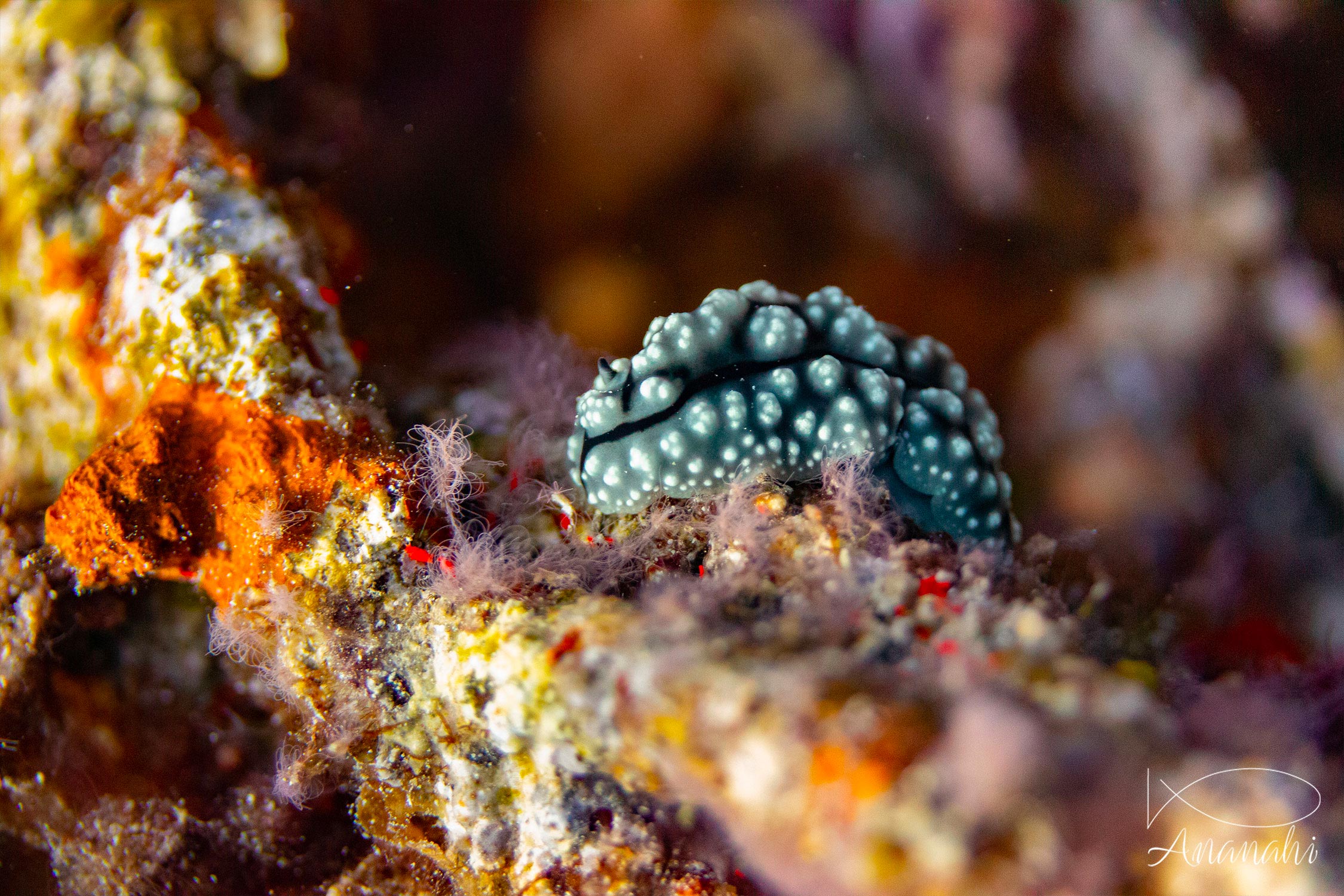
Scientific name: Phyllidiella Pustulosa
Size: About 1.2 inches, up to 2.8 inches
Color: Black and pink / greenish
Distinguishing feature: Body and black rhinophores, pink, greenish or white tubers grouped in clusters of 3 all over the mantle
Where did we see it: Bali and Gili, Zanzibar, Thailand, French polynesia, Mayotte, Raja Ampat
This species of nudibranch has no visible gills on the mantle, they are in fact on both sides of the feet, hidden by the coat.
This nudibranch secretes by these dorsal glands a white liquid toxic to other individuals. This allows him to have few predators, besides a flatworm (Pseudoceros imitatus) imitated his physique to take advantage of this defense system.
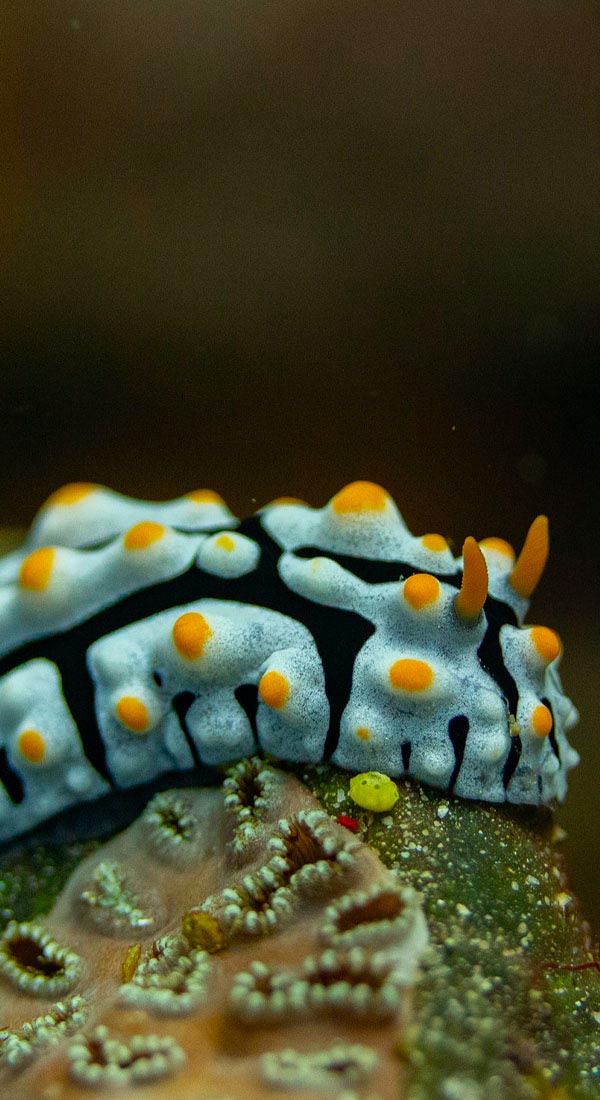
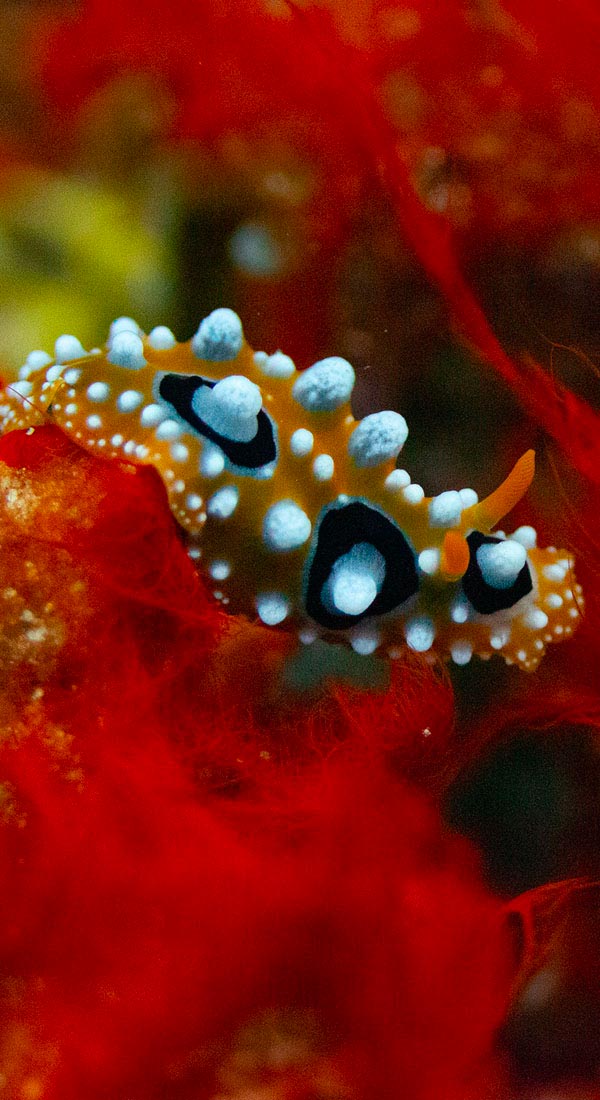
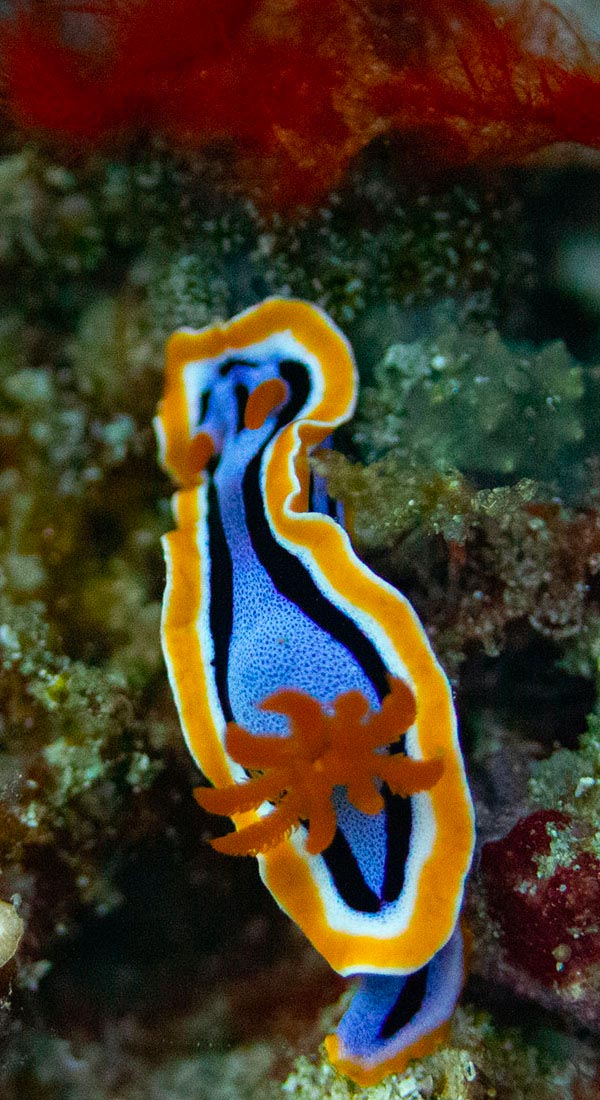
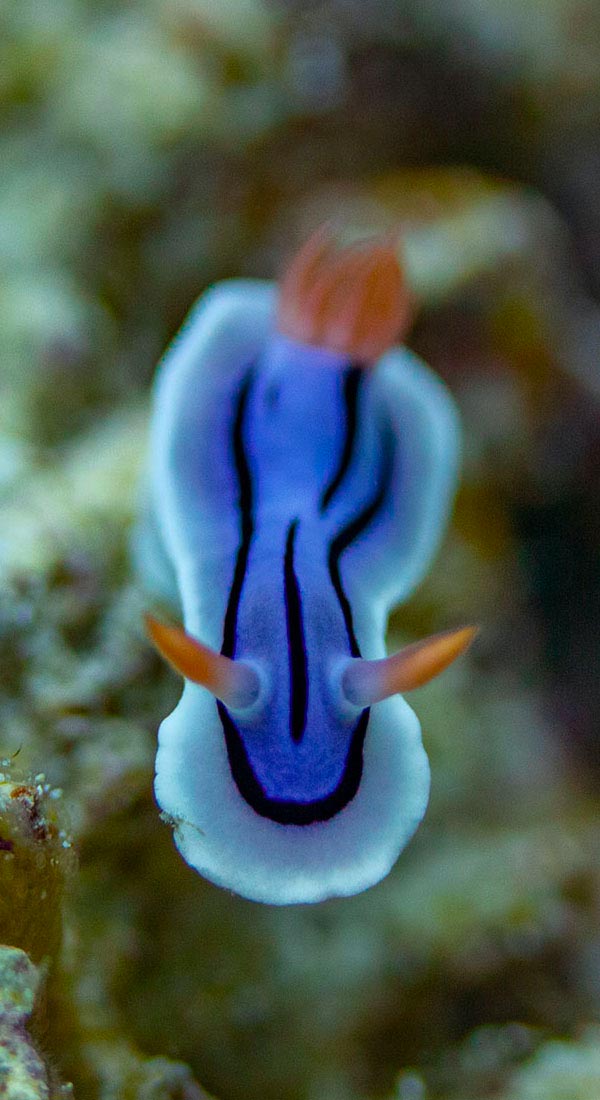
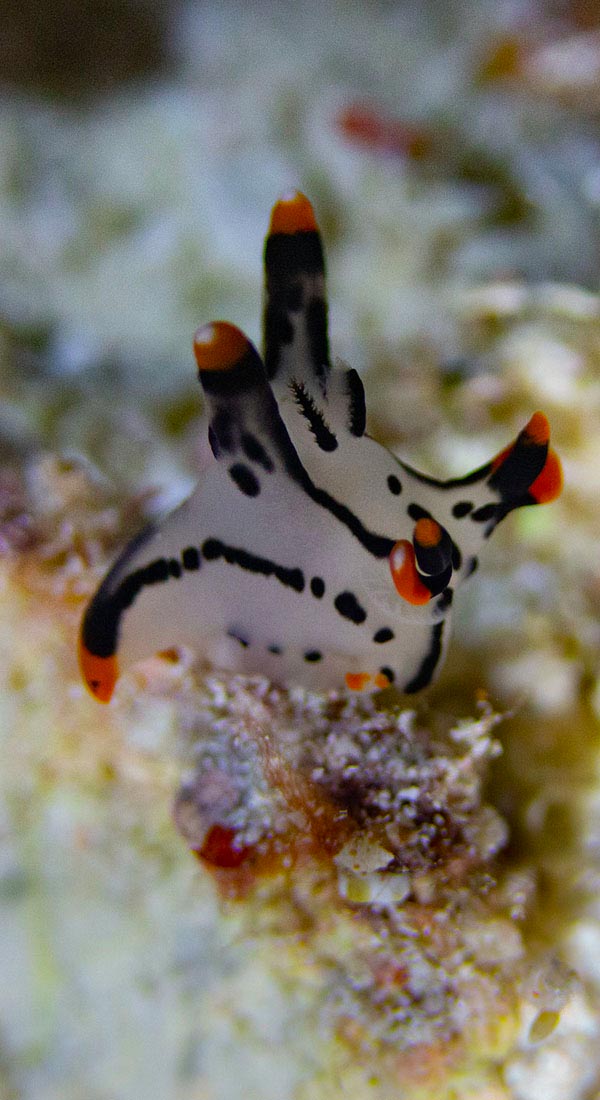
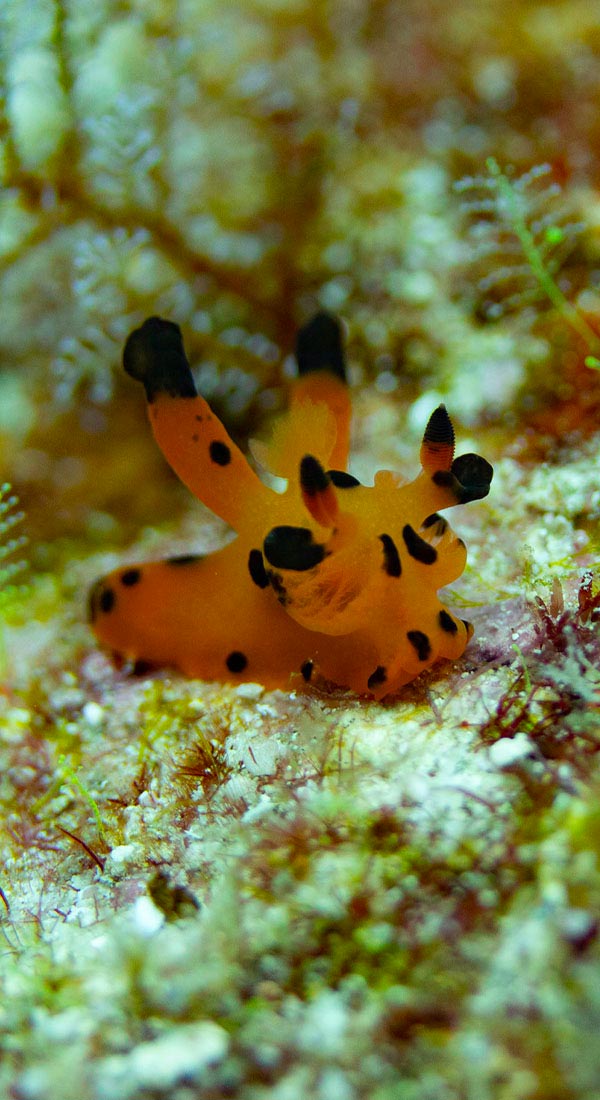
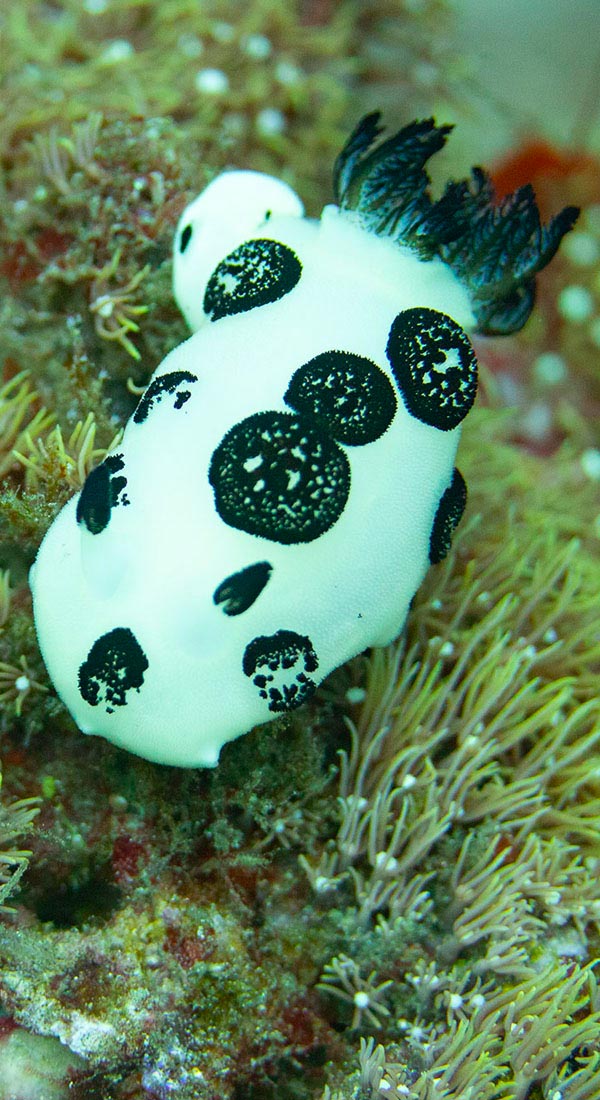
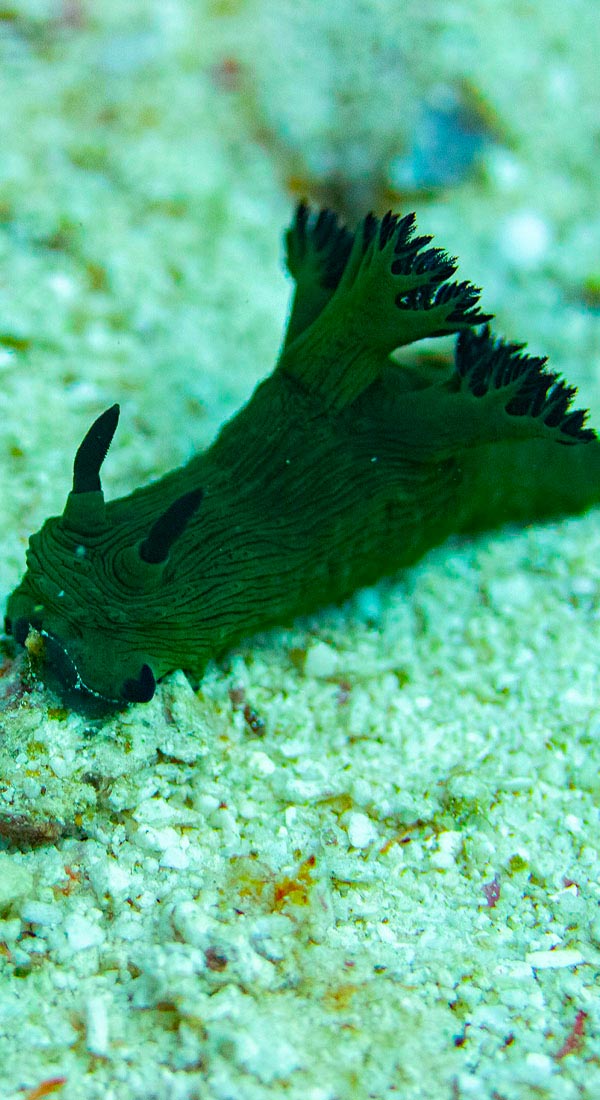
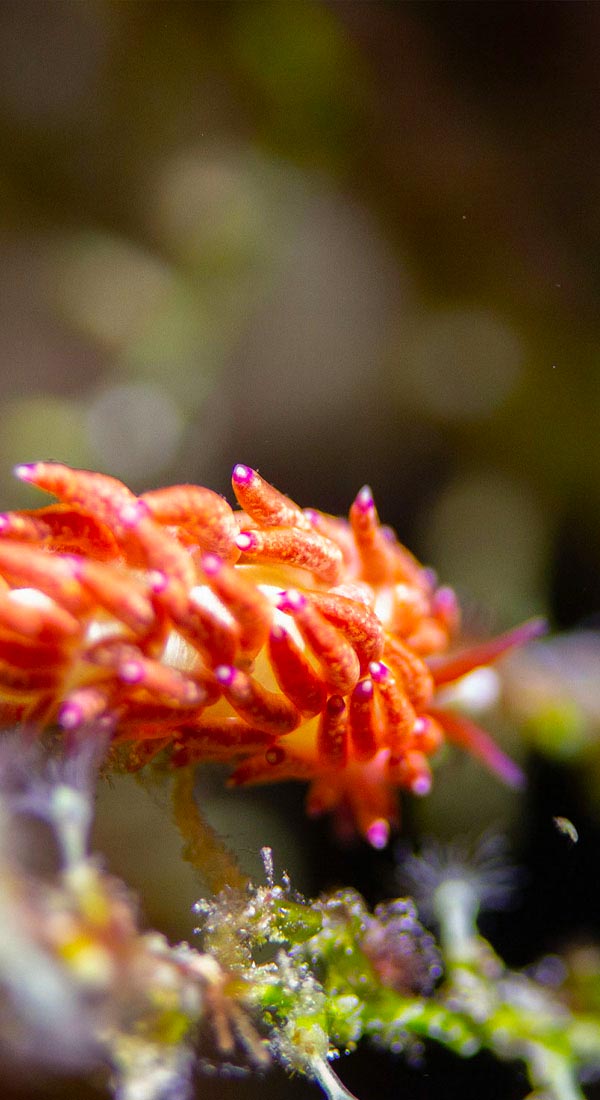
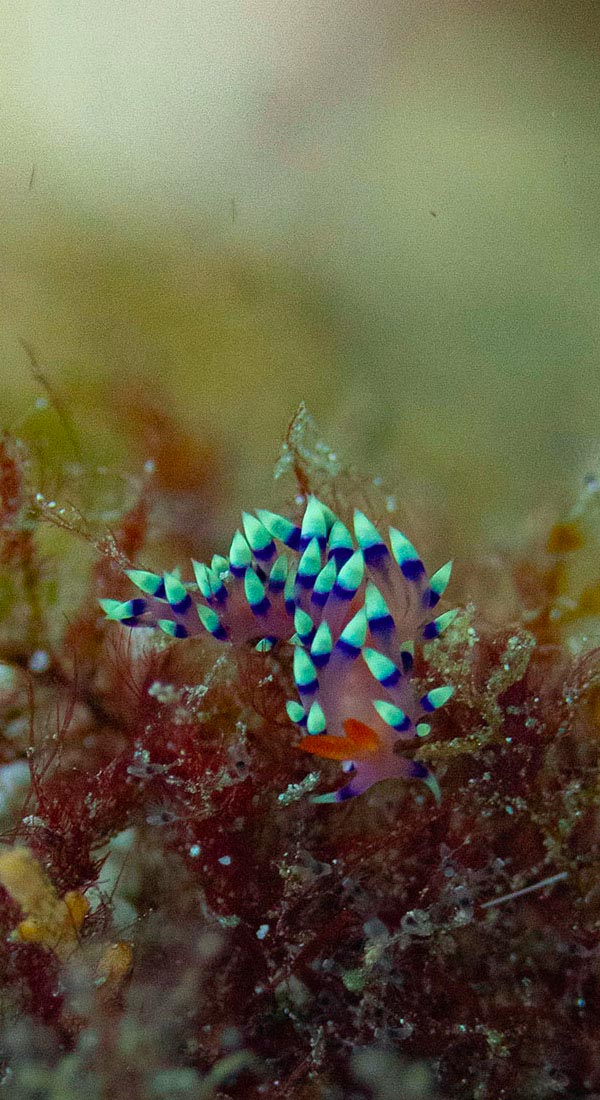
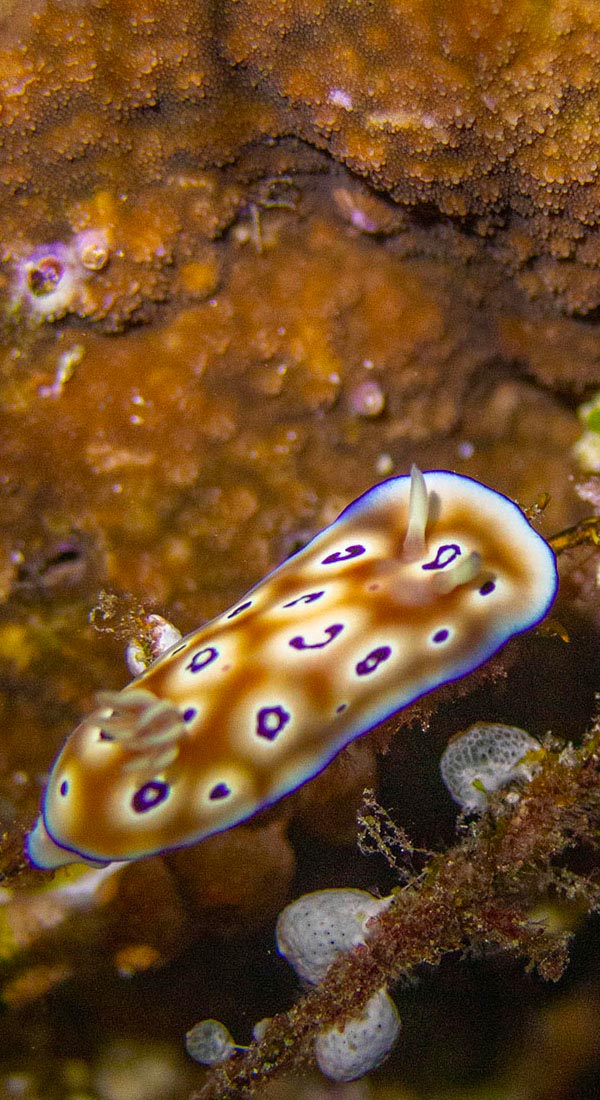

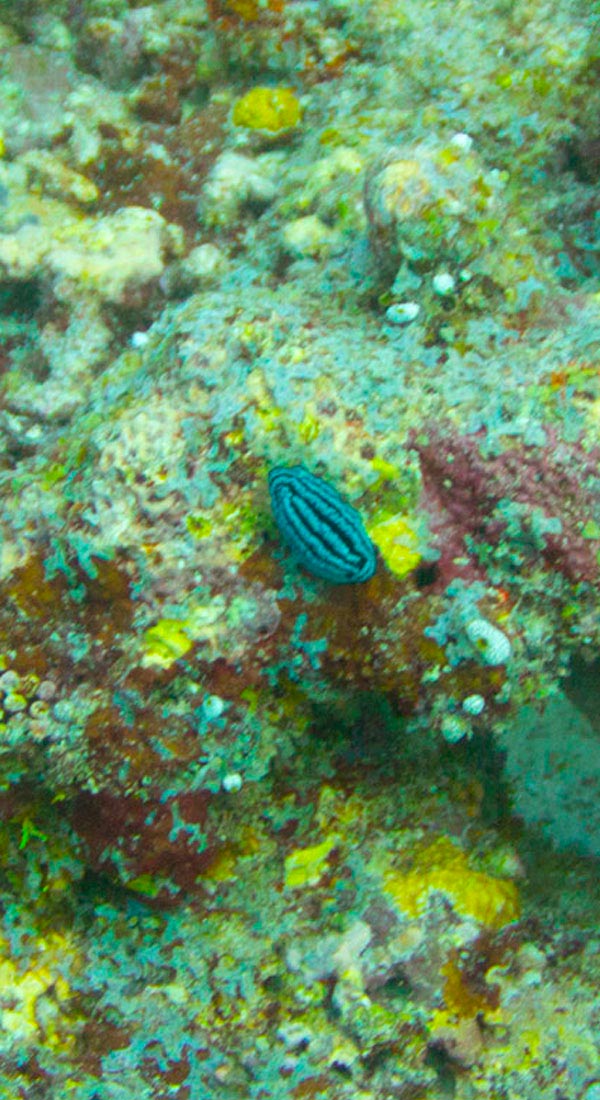
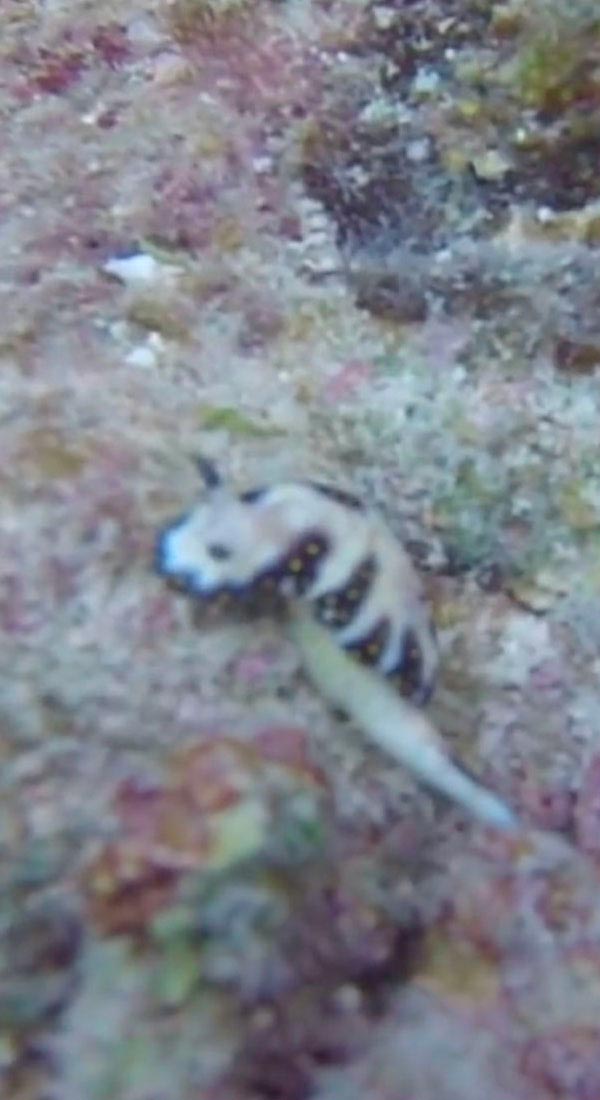
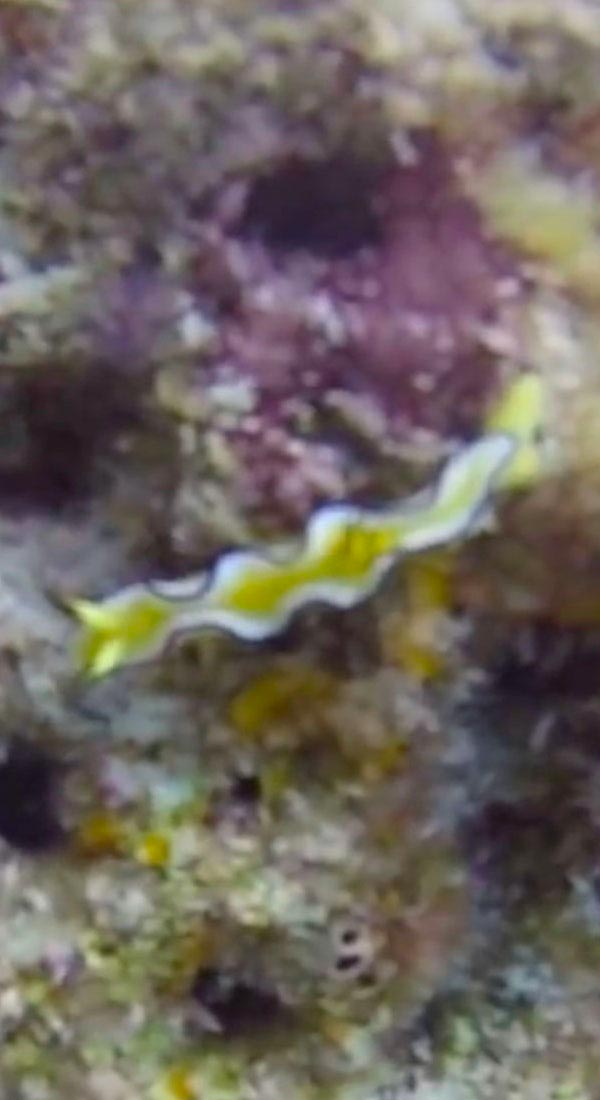
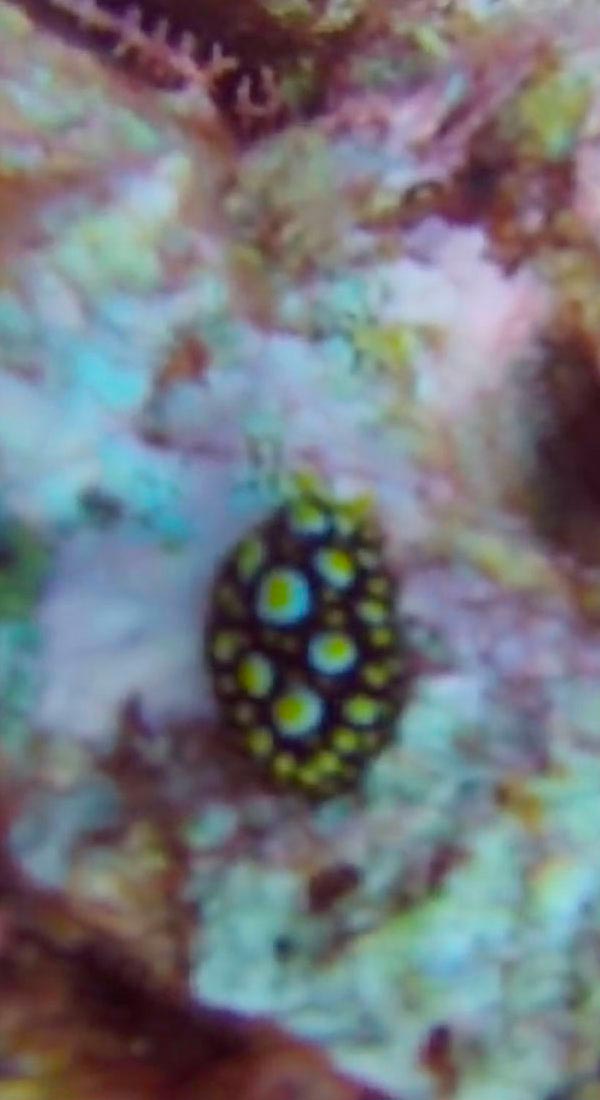
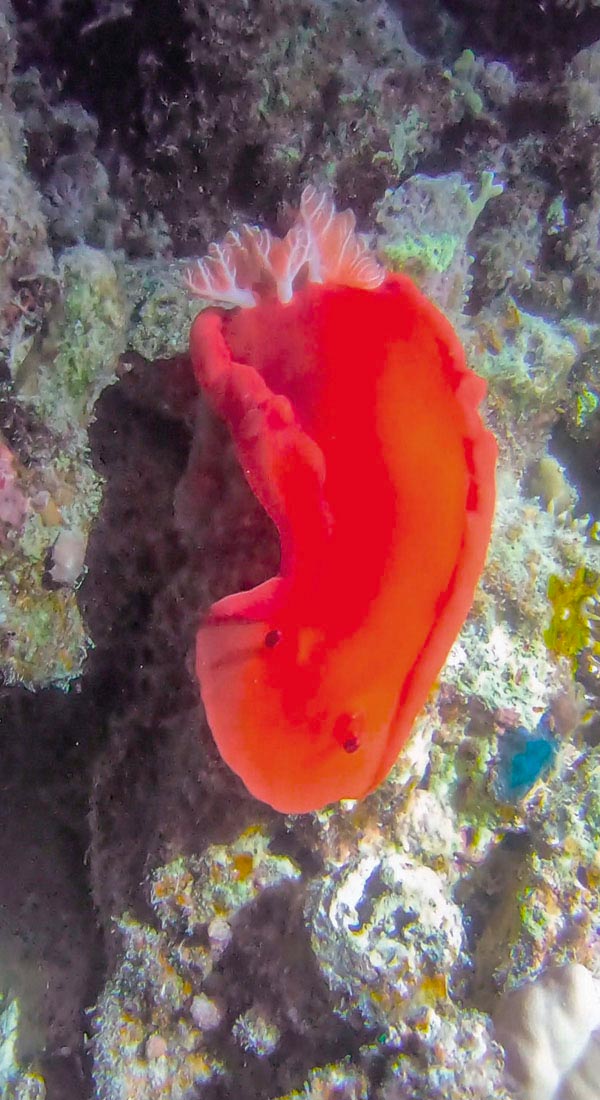
The whale shark is the largest fish in the world!
Some whales are larger, but they are mammals, not fish!
Some sharks can stay motionless on the sand (white tips reef sharks, nurse sharks, etc.).
These sharks don't have to swim to bring oxygen to their gills like other sharks (grey, hammerheads tc.)
We can hear the bull shark is very dangerous because of attacks near La Réunion island.
However, tens of them are living at 600 feet from the famous beach of Playa Del Carmen in Mexico. And there are no attacks.